Printing

Chromolithography
Colour lithography was invented in 1798 by a Bavarian actor and playwright named Alois Senefelder (1771-1834). It is based on the principle that oil and water do not mix.
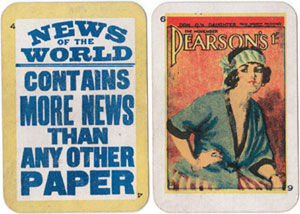
Fleet Street
“Fleet Street” card game published by Chad Valley Games, c.1923.
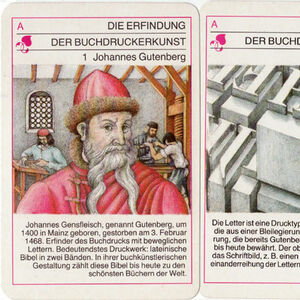
Geschichte des Buchgewerbes
Geschichte des Buchgewerbes illustrated by Ludwig Winkler, published by Verlag für Lehrmittel Pößneck.
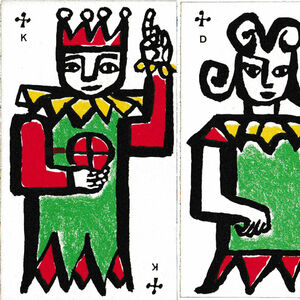
H.P. Doebele
Artist-designed playing cards produced to demonstrate the quality of a printing technique.
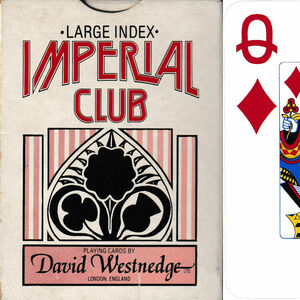
Imperial Club playing cards
Large index broad size cards by AGMüller using a special red ink suitable for casinos.
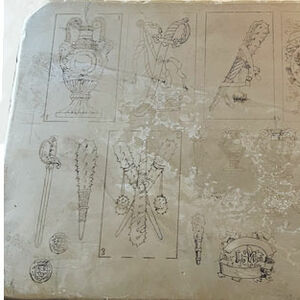
Lithographic Stone
Historic lithographic stone from the Fournier playing card factory, c.1888.
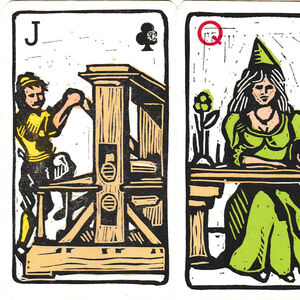
Lo Stampatore
‘Lo Stampatore’ linocut images created by Sergio Favret, published as a deck of cards by Editions Solleone / Vito Arienti in 1977.
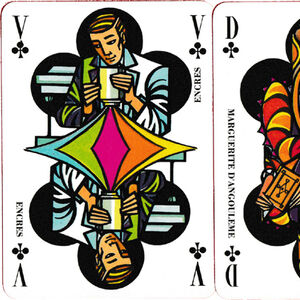
Lorilleux International
Promotional pack for Lorilleux International’s Lotus inks, with designs by James Hodges.
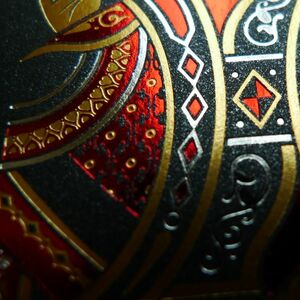
Luxury Collectable Playing Cards
Luxury packs of cards have been produced since the 15th century, a trend that is very popular among collectors today.
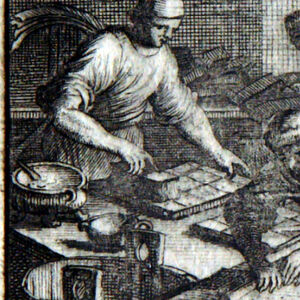
Manufacture of Playing Cards
Traditionally cardmakers worked in guilds with long apprenticeships under master craftsmen.
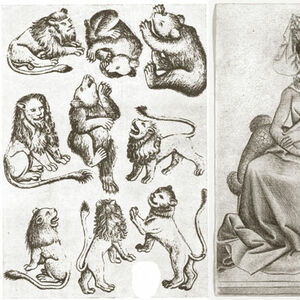
Master of the Playing Cards
Animal suited playing cards engraved by the Master of the Playing Cards, Germany, c.1455
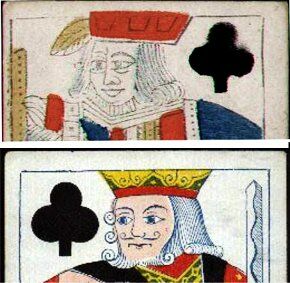
Printing of Playing Cards: Letterpress
Some notes on the manufacture of playing cards taken from Thomas De la Rue's patent, 1831.
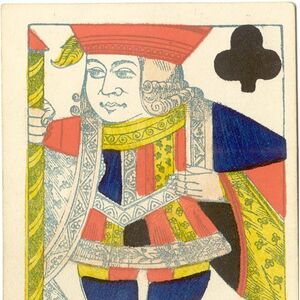
Printing of Playing Cards: Stencilling
Printing of Playing Cards :: Stencilling can usually be detected by observing the outlines of the coloured areas which are often irregular with brush strokes discernible in the coloured areas.
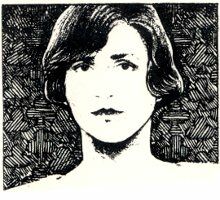
The 52 Club
The London College of Printing '52 Club' Designers and Artists playing cards, 1984.

